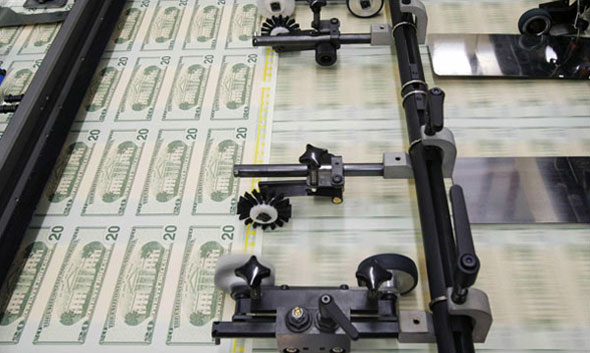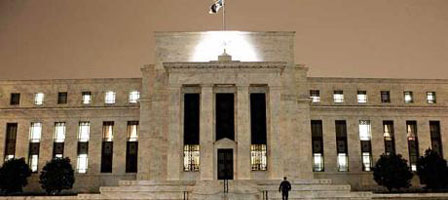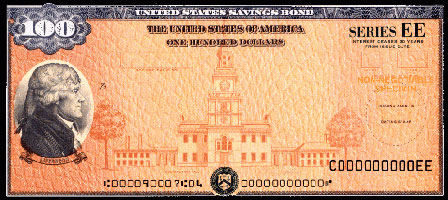Central banks are now flooding the world with electronic money that provides a basis for explosive inflation in the future. Why is it unrealistic to expect that a growing number of investors will take the view that some of their wealth is safer in assets whose value cannot be consistently degraded by official policies, because their quantity cannot be expanded without limit by irresponsible governments?
Buffett has a formidable record as an investor, but now he has reached an advanced age it appears to be impairing his judgement. This is a man who denounced derivatives as financial weapons of mass destruction (before investing in them), and is starting to make foolish investments in companies favoured by establishment airheads (such as China’s electric-car maker BYD, now in deep trouble).
David Fuller points out that the socalled Oracle of Omaha did not buy gold in 2001, when it was still dirt cheap (averaging $271 an ounce), yet since then the metal has “handsomely outperformed” his or anyone else’s portfolio, even including dividends received.
“Timing is everything” – although equities “could give gold a run for its money over the next decade or two.”
Last year investment demand rose 5 per cent to 1,640 tons worth $83 billion, accounting for two-fifths of total demand.
According to the World Gold Council (WGC), during this year investment demand should continue to draw strength from:
► Continued very low, and in many cases negative, real interest rates;
► Inflationary pressures, whether real or perceived.
Europe has become a key area of focus because of deepening uncertainty over the future of the euro, but China is likely to emerge for the first time as the largest market for gold, driven by both jewellery and investment demand.
Its investors have limited opportunities. Interest rates on bank deposits are derisory. Equities are out of favour because of speculation-driven volatility and a recent bear trend. Property is also highly speculative, with prices being squeezed by a clampdown on developers.
“Buying precious metals is one way to hedge against an uncertain future,” says a Sydney-based expert on China. One businessman told him recently, referring to the glut of luxury apartments built by speculators, that they “could be worthless, because no one will ever live in them, but gold can be sold to someone outside China.”
Central banks have also become substantial buyers of bullion recently, taking more than 500 tons over the past two years.
Although the gold price fell from its September high of $1,895 to $1,531 at year-end, the sell-off was due to profit-taking (locking profits in what was a very difficult year for speculators), and because investors needed to raise cash to meet margin calls and redemption outflows after stock markets plunged in August.
previous article – Metals or Paper for Long-Term Asset Value
CopyRight – OnTarget 2012 by Martin Spring







